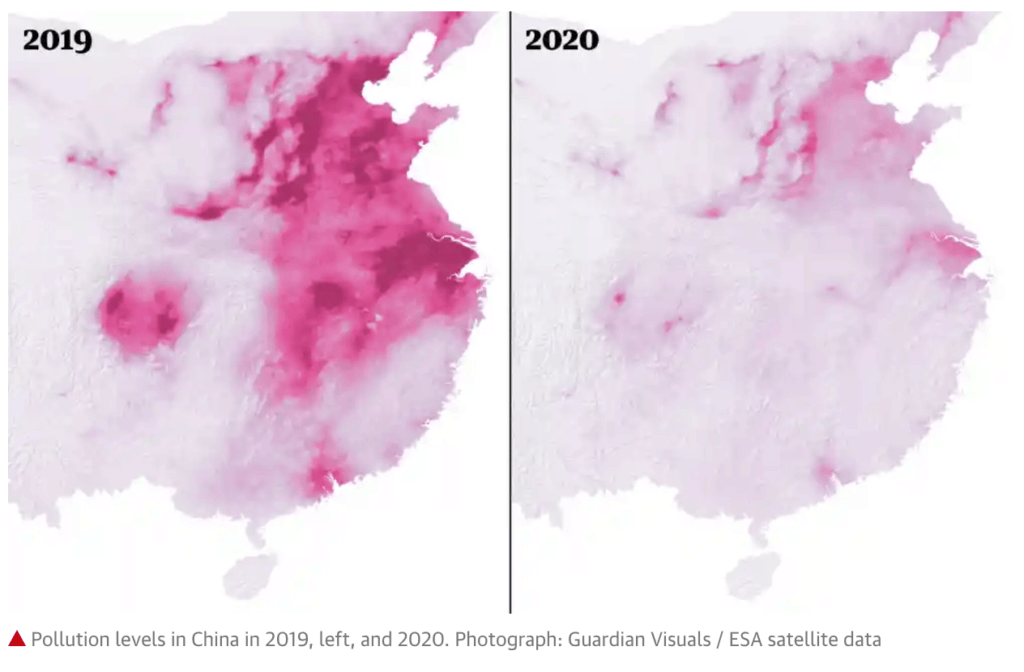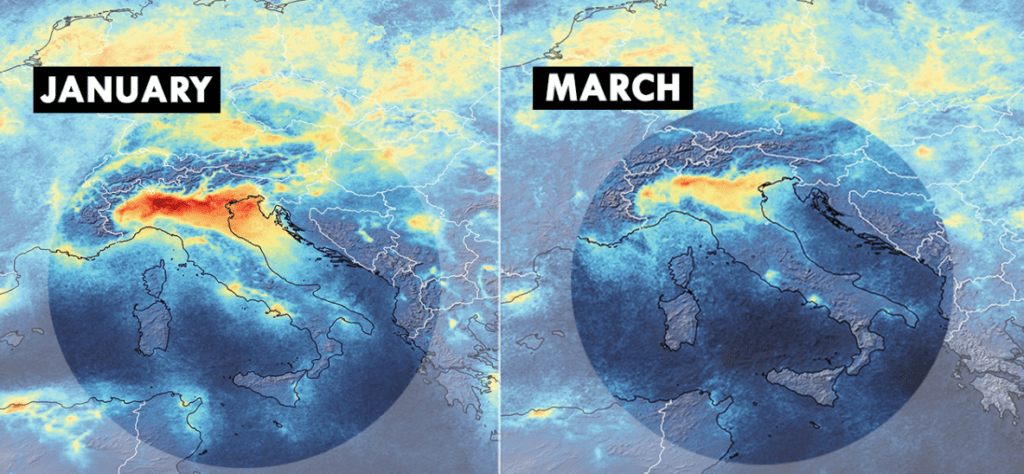Pollution levels in London have reduce significantly since the coronavirus lockdown. Much of the London views, which were somewhat obscured by a smoggy haze now are clear. You’re able to see further, and at night the sky is that much clearer. Despite the truly awful, devastating circumstances, which have caused this cleaner air, it is interesting all the same, to see what impact the hugely reduced weight of traffic has had on the environment.
Air pollution monitors, which are used to collect levels of toxicity have recorded such a huge drop in pollution, some are mistakenly giving possible fault alerts. It’s no surprise that according to the London Air Quality Network, air pollution levels have been at their lowest levels since recording began back in 2000.
The pollution monitors on a scale from 1 (low) to 10 (very high). Toxicity however does still exist. According to recent accounts, only now is pollution down to legal levels dictated by the WHO (World Health Organisation). With this in mind you can appreciate the huge reduction in pollution needed in the capital.
Other UK Cities:
Pollution levels across other cities around the UK have also shown significant reductions. Tiny particles of pollution namely PM2.5 have dropped by around 33% – 50% in London, Birmingham, Bristol and Cardiff. In cities such as Manchester, York and Belfast these pollution levels have reduced by around 25%. Newcastle and Glasgow have seen smaller declines.
Around the World:
In China there have been massive reductions in pollution since the coronavirus outbreak. The diagram below shows the difference in pollution 2019 to 2020. This diagram looks at levels of nitrogen dioxide. Nitrogen dioxide is produced from vehicle engines and power plants and other industrial processes. Nitrogen dioxide or NO2 is thought to exacerbate respiratory illnesses like asthma.

The Northern area of Italy has shown a noticeable improvement in pollution. This is partly down to the fact that pollution from denser populated factories in the region tend to get trapped in the alps at the end of the Po Valley, making it one of europe’s hot spots for pollution. The diagram below shows this shift in very clear detail.

Despite pollution levels dropping, there sadly is currently a much bigger immediate problem the globe needs to address. We are positive and looking very much to the future, when things return to normal once again. Maybe then the world will have more of an appreciation about how delicate this planet called Earth is.








